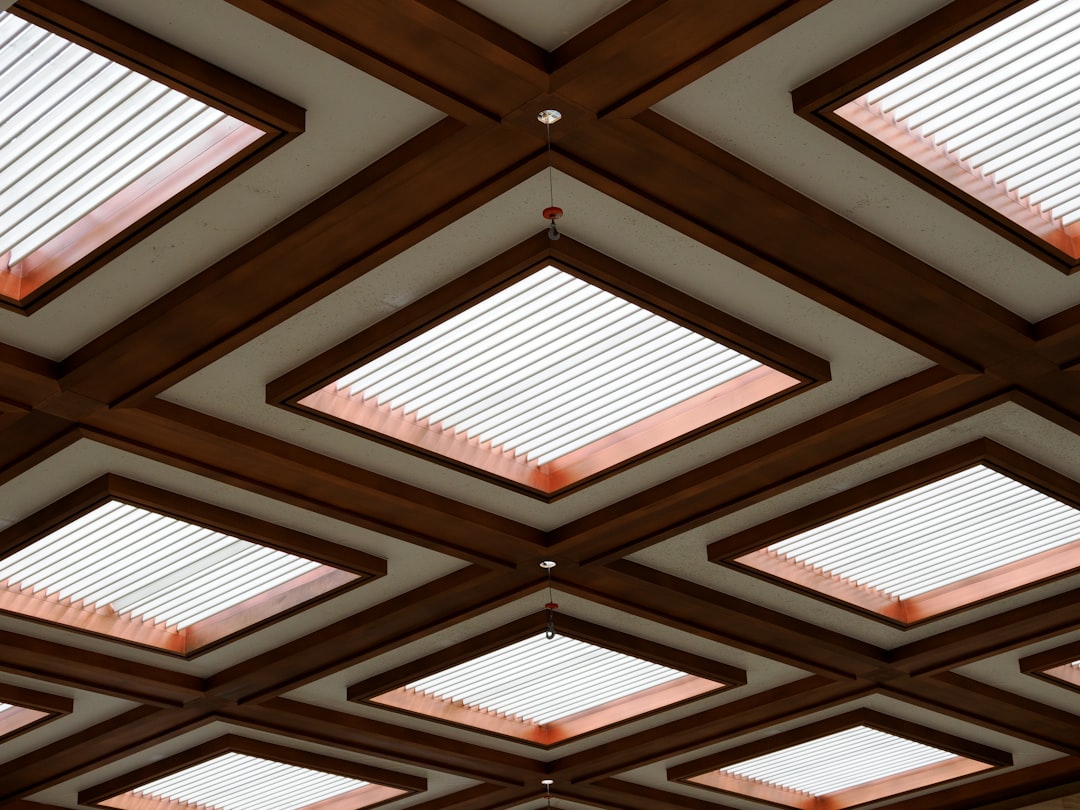Understanding Ceiling Texturing Costs for Professionals
For construction professionals, accurately estimating the cost of texturing a ceiling is crucial. Current rates for ceiling texturing range from $1.00 to $2.50 per square foot, depending on the texture style and project specifics. This guide provides a detailed breakdown of costs, helping you avoid overestimation and ensure project profitability.
Key Cost Factors in Ceiling Texturing
- Texture Style: Different styles like knockdown, orange peel, and skip trowel have varying costs due to material and labor requirements.
- Ceiling Height: Higher ceilings may require additional equipment like scaffolding, impacting overall costs.
- Surface Condition: Pre-existing conditions such as peeling paint or water damage can increase preparation time and costs.
- Regional Labor Rates: Labor costs vary by location, affecting the total project cost.
- Material Volatility: Prices for materials like joint compound and primer can fluctuate, influencing the final cost.
Typical Price Ranges per Square Foot
- Knockdown: $1.25–$1.75
- Orange Peel: $1.00–$1.60
- Popcorn: $1.40–$1.90
- Skip Trowel: $1.80–$2.50
Hidden Costs to Consider
- Furniture protection and floor covering
- Drywall repairs
- Asbestos testing for older homes
- Final paint coat
Choosing the Right Approach
Professionals can choose between traditional contractors or innovative solutions like CountBricks, which offers real-time estimates and live pricing updates to ensure accurate budgeting.
Case Study: Jacksonville Project
A recent project in Jacksonville involved removing popcorn texture and applying a modern knockdown finish. The AI estimate was $3,105, with the final cost at $3,148, demonstrating the accuracy of real-time data.
Steps to Accurate Estimation
- Use voice-guided room scans to capture project details.
- Leverage automated scope builders for precise estimates.
- Utilize live cost engines for up-to-date pricing.
- Generate client-ready proposals quickly and efficiently.
Conclusion
For construction professionals, understanding the costs of ceiling texturing is essential for project success. By using tools like CountBricks, you can ensure accurate estimates and avoid costly surprises.
Why Professionals Trust CountBricks for Ceiling Texturing
CountBricks provides construction professionals with accurate, real-time data to ensure precise cost estimation for ceiling texturing projects.
Data-Driven Estimation
- Supplier APIs: Daily updates on material costs ensure current pricing.
- Local Labor Feeds: Verified wage rates adjust for regional differences.
- Historical Project Library: Data from past projects informs productivity and cost predictions.
Risk-Reduction Features
- Auto Contingency: A material buffer is included to cover unexpected costs.
- Scope-Change Alerts: Instant recalculations for any project changes.
- Weather Monitoring: Adjusts schedules based on local conditions to avoid delays.
Success Snapshot: Orlando Project
An Orlando project faced unexpected humidity, but proactive adjustments kept the final cost within 0.9% of the estimate, showcasing the effectiveness of data-driven planning.
Experience Data-Driven Construction
Visit CountBricks.com to explore how real-time data can enhance your construction projects.

